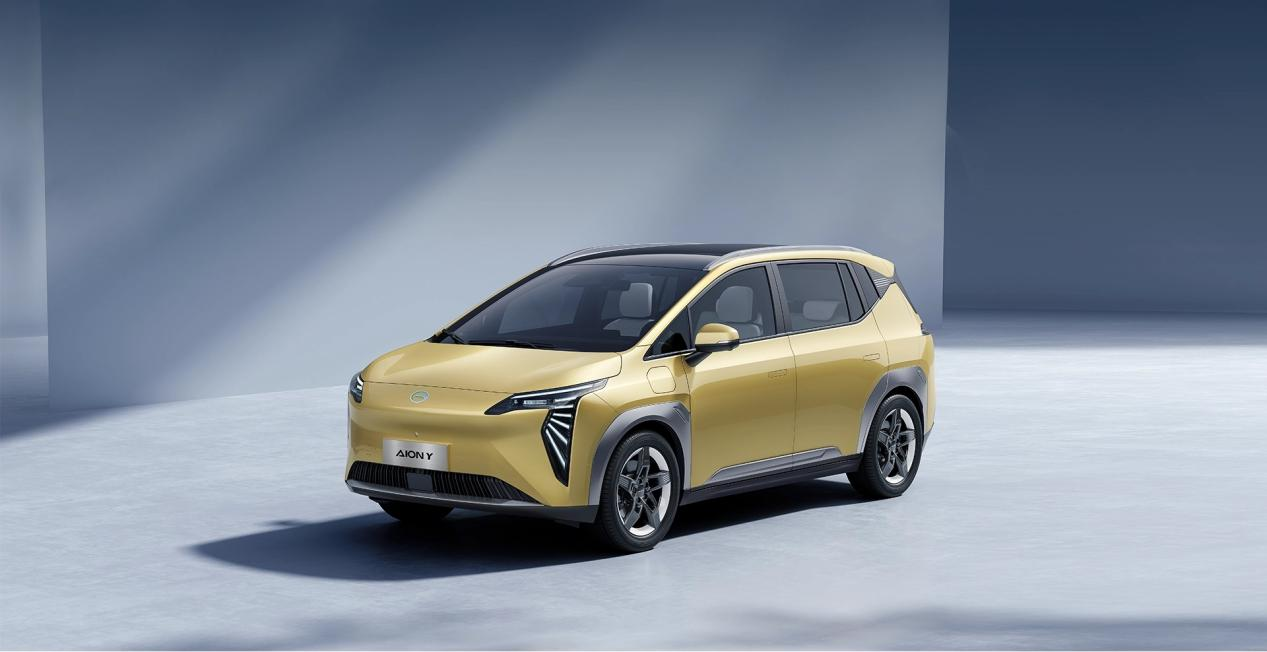This is a translated article. The orgrinal text is from: https://www.gacgroup.com/pt-br/news/article/PHEV-e-BEV-137
Brazil, like the rest of the planet, is facing a major shift towards the electrification of the automotive market and a boom due to the urgent need for sustainability, reduced emissions, and improved energy efficiency. Last year, more than 170,000 electric vehicles were sold, an increase of 90% compared to 2023. This year, annual growth is expected to reach new heights and is expected to reach around 28.9% by 2025.
This growing sales volume is supported by the two main types of electric vehicles: plug-in hybrid electric vehicles (PHEVs) and pure electric vehicles (BEVs), which will account for more than 70% of total electric vehicle sales by 2024.
But do you really understand what PHEV and BEV are? What are the main differences between a PHEV and a BEV, and which one best suits my individual needs?
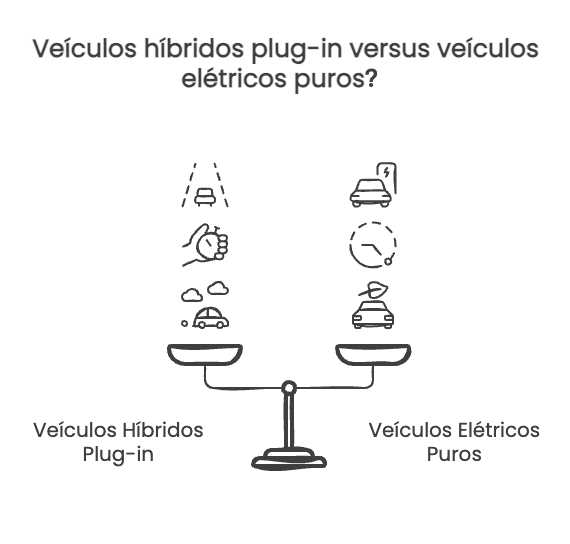
Plug-in hybrid vehicles versus pure electric vehicles: definition
To make informed decisions, it is essential to understand the key characteristics of each approach.
1. Basic operating principle
-
Plug-in hybrid: how does it work?
The PHEV combines a smaller battery with a fuel-based internal combustion engine (ICE). It can run on electricity for a limited range, typically 25-60 miles. Then switch to a gasoline engine for longer trips.
-
Battery-powered: how special?
Fully electric vehicles are powered entirely by electricity. This means there is no ice, no fuel tank, and no exhaust pipe. Instead, it is equipped with one or more electric motors powered by larger on-board batteries.
2. Charging options
For a plug-in hybrid car, charging is flexible. You can recharge by connecting it to a standard wall outlet (Level 1), a faster home charger (Level 2), or even with regenerative braking while driving.
The BEV needs to be charged via an external outlet. There are three main levels. Level 1 charging (standard 120V outlet) is the slowest and is suitable for overnight home charging. Level 2 chargers (240V AC outlets) are faster and are common in homes, workplaces, and public stations. In comparison, Level 3 (DC fast charging) powers up your electric vehicle in less than an hour.
3. Pure electric range
The typical pure electric range of a PHEV varies, but it can usually cover your daily commute, generally between 25 and 60 miles (40 and 96 km). For example, when you leave for work in the morning and drive slowly through city streets, a plug-in hybrid car will rely entirely on the electric motor, preventing the engine from starting.
In comparison, fully electric vehicles generally have a much longer range than plug-in hybrids, with many models capable of traveling hundreds of miles on a single charge. So when you drive a fully electric vehicle, you are embracing a fully electric future.
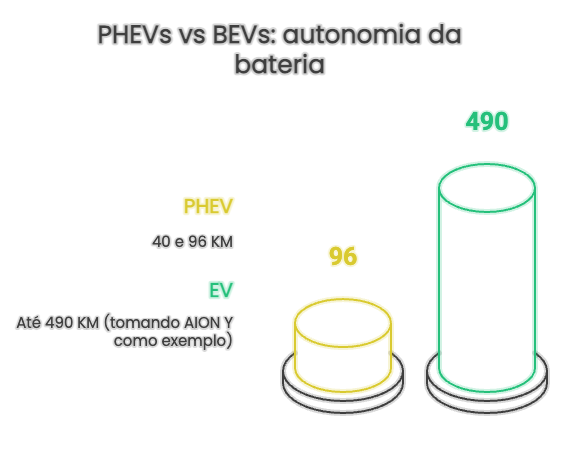 4. Maintenance
4. Maintenance
PHEV maintenance is a mix of traditional vehicle maintenance and electric vehicle maintenance. They need to repair ICE components, such as oil changes and exhaust systems. Therefore, it adds complexity and expense over time.
Fully electric vehicles are simpler and more economical. There is no need to change the oil, no need to change spark plugs. With their advanced battery and system regenerative braking, wear on traditional brake pads is reduced. However, due to instant torque and vehicle weight, tire wear may be higher.
5. Others
Plug-in hybrid vehicles have the advantage of eliminating "range anxiety," as the gasoline engine provides backup power for long trips or when charging is inconvenient. They also generally have lower upfront costs than fully electric vehicles. However, when running on gasoline, they still generate emissions and require two fuel sources.
Fully electric vehicles produce zero emissions during operation and are fully aligned with global environmental goals. In addition, they generally offer a smoother and quieter driving experience with instant torque. Although Brazil's charging network is expanding, the main disadvantages may include higher initial costs and the need to plan long-range trips more carefully.
Plug-in hybrid vehicles versus fully electric vehicles: factors that influence your choice
Knowing the difference between a plug-in hybrid vehicle and a pure electric vehicle, you should have some ideas about which type you should buy. But don't get too excited! Buying a car requires more consideration! The decision on a PHEV or a BEV on the market depends mainly on the following factors:
1. Application scenarios
Brazil's wide and varied geographical location means that the applicability of electric vehicles depends greatly on where and how the vehicle is used.
- Urban areas: In major cities such as São Paulo, Rio de Janeiro, or Curitiba, electric vehicles are ideal for daily commuting due to shorter distances traveled, lower average speeds, and increased restrictions on polluting vehicles. Fully electric vehicles are popular here due to their zero emissions and low maintenance.
- Rural or long-distance use: In inland or rural areas of Brazil, where distances between cities can be long and infrastructure is scarce, hybrid electric vehicles (such as plug-in hybrids) offer greater utility. This allows drivers to switch to gasoline when they are unable to recharge, an important consideration for agricultural operations or intercity transportation.
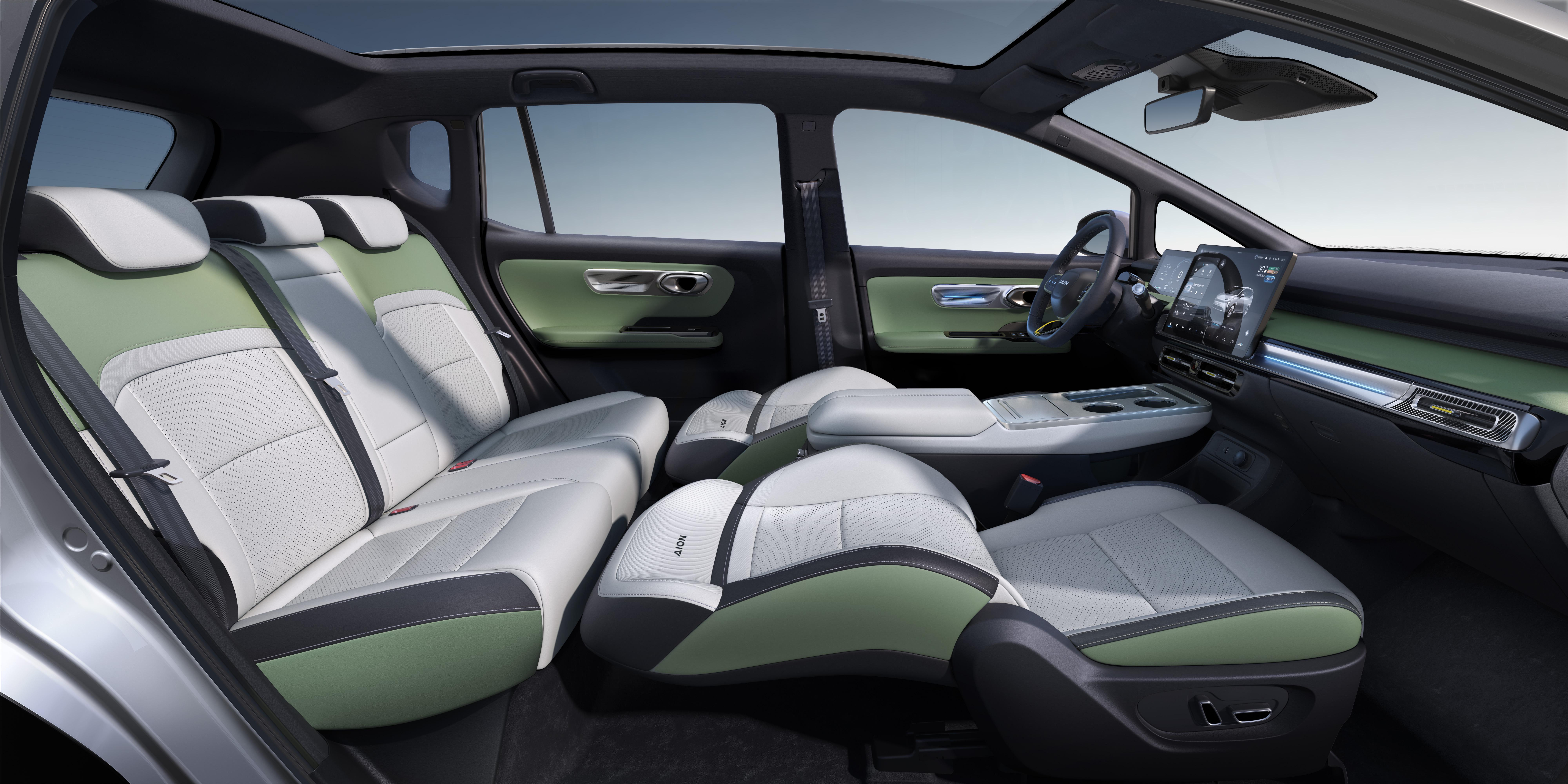
2. Budget
Affordability is an important factor in the adoption of electric vehicles in Brazil.
Pure electric vehicles generally have higher upfront costs, about 96% higher than traditional vehicles. But operating costs (electricity, maintenance) will be lower over time, and the price of electricity is cheaper than oil, which is still desirable in the long run.
Plug-in hybrid vehicles are generally more affordable than pure electric vehicles. These vehicles offer a lower entry point for electric vehicles and have the added advantage of dual fuel capability (especially ethanol). This reduces fuel costs. However, they do not have the maximum environmental value, as plug-in hybrid vehicles still emit warming gases.
3. Environmental goals
If your goal is to reduce carbon emissions and advocate for zero-emission transportation, all-electric vehicles are the only option because they produce no tailpipe emissions and help achieve global climate goals. But if you're looking for a transitional option that offers a certain level of electric driving while maintaining a certain level of fuel flexibility, a plug-in hybrid vehicle can help you reduce emissions compared to a conventional vehicle.
4. Charging accessibility
Charging infrastructure remains one of the biggest challenges for the full adoption of electric vehicles in Brazil.
In urban centers, public chargers are expanding—especially through initiatives by companies such as Raízen (Shell), WEG, and local governments. Installing a Level 2 charger is becoming easier and more affordable for those with a home garage. In these cases, fully electric vehicles are a viable option.
However, for many Brazilians—especially those living in less developed regions—charging options are still limited. This is where plug-in hybrid cars come into their own. They can be plugged in whenever possible but can seamlessly switch to fuel when necessary. This flexibility reduces "range anxiety," making them a safer option in areas where charging is unreliable or unavailable.
GAC's vision for electric vehicles in Brazil
At GAC Motors Brazil, we recognize the growing demand for fully electric and plug-in hybrid vehicles in Brazil. We produce innovative, high-quality electric vehicles that meet the diverse needs of consumers. In the fully electric vehicle category, the AION Y has demonstrated this commitment.
The AION Y is a stylish new pure electric SUV based on the GAC GEP 2.0 platform, offering ample interior space with a wheelbase of 2,750 mm. It is equipped with a 63.2 kWh LFP battery, ensuring safety and durability even at temperatures above 1,400 °C. The battery has a WLTP range of up to 430 kilometers and supports DC fast charging, which takes only 34 minutes to charge from 30% to 80%.
In addition, this GAC car is also equipped with advanced safety features and intelligent systems, such as automatic emergency braking, adaptive cruise control, lane departure warning, and more. It enhances the driving experience for Brazilian consumers seeking practicality and modern technology.
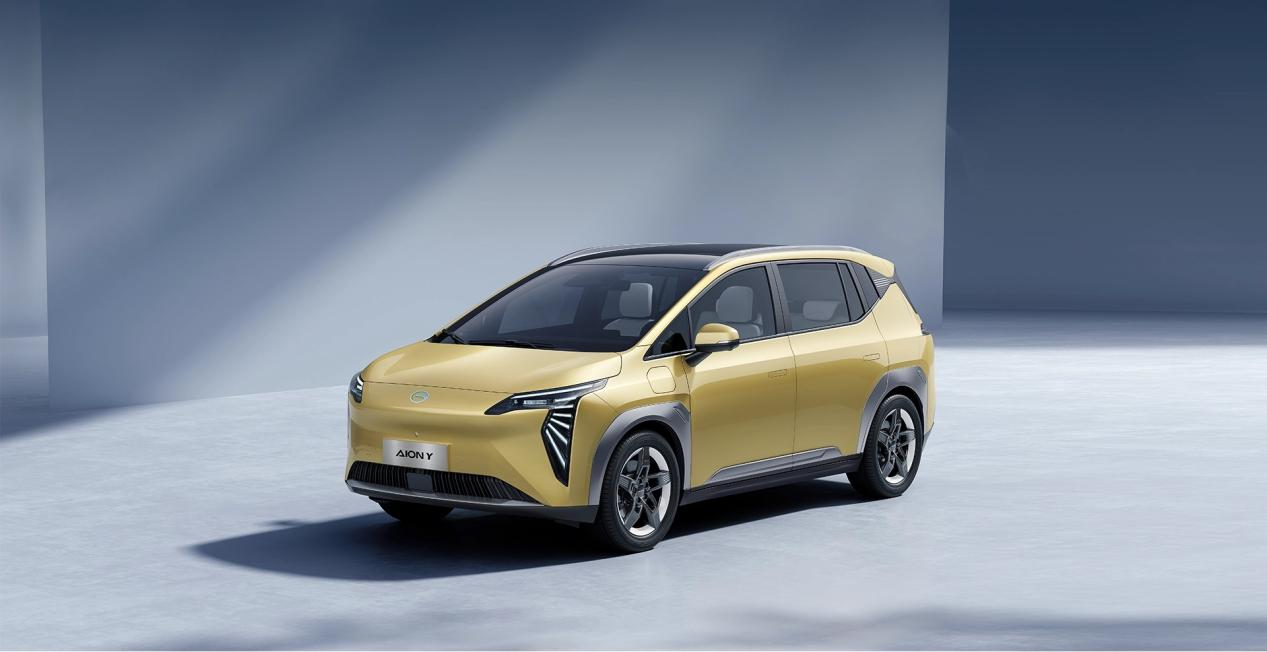
Conclusions
The final decision between PHEV and BEV depends on personal preferences, application scenarios, and charging accessibility. All-electric vehicles are ideal for those who are committed to zero-emission driving and reduced maintenance, while plug-in hybrid vehicles offer flexibility and greater range to meet different driving needs.
As the Brazilian market rapidly moves toward electric mobility, GAC Motor HYPERLINK "https://www.gacgroup.com/pt-br/gac-group" is ready with expertise and new electric vehicles, such as the AION Y, to meet the changing needs of Brazilian drivers.
With many years of experience in the electric vehicle industry, GAC is pleased to help create a cleaner and more sustainable future with advanced electric vehicle options. With GAC, you can be sure of a driving experience that combines cutting-edge technology, reliability, and a commitment to an eco-friendly future.
References
-
Available at:https://www.globenewswire.com/news-release/2025/05/19/3083870/28124/en/Brazil-Electric-Vehicle-and-Charging-Infrastructure-Market-Future-Outlook-Databook-2025-Strategic-Partnerships-and-Local-Innovations-Fueling-Brazil-s-EV-Market.html
- Available at:https://www.argusmedia.com/en/news-and-insights/latest-market-news/2679385-hevs-drive-brazil-s-1q-ev-sales-up-as-bevs-fall
- Available at:https://www.argusmedia.com/en/news-and-insights/latest-market-news/2644370-brazil-s-ev-sales-hit-record-high-in-2024
- Available at:https://www.ft.com/content/43b7ceef-bd55-4980-8571-647b6224a4d4
- Available at:https://www.sciencedirect.com/science/article/abs/pii/S1361920924004401
- Available at:https://www.fitchsolutions.com/bmi/autos/brazil-ev-profile-segment-maintain-momentum-2025-after-2024-surge-03-02-2025



